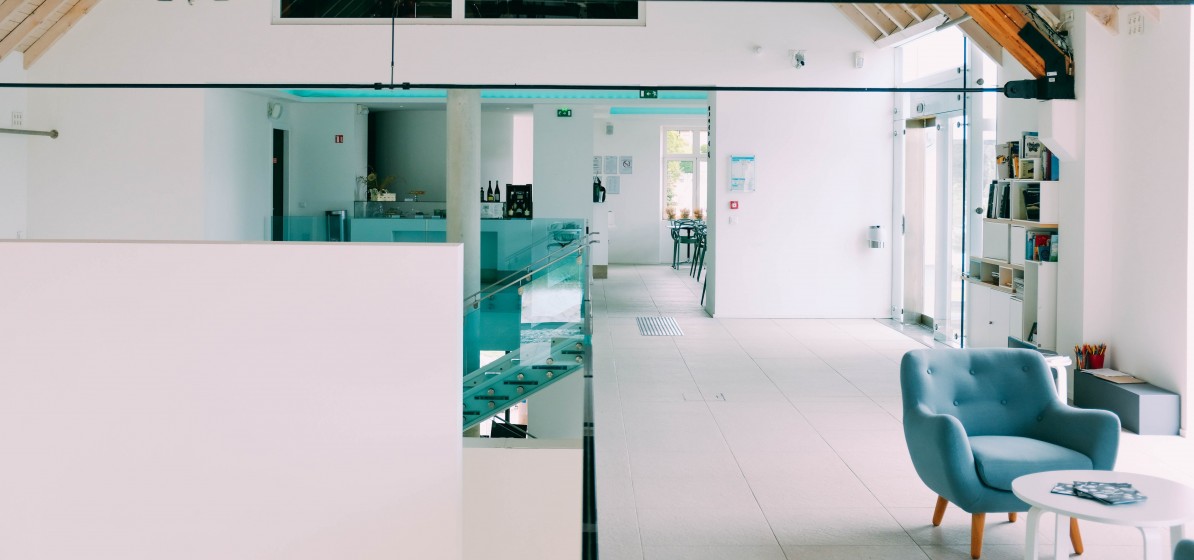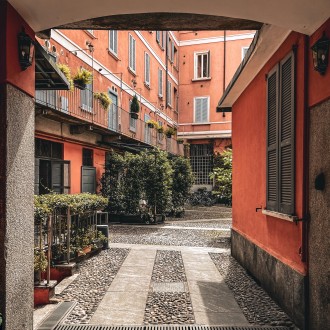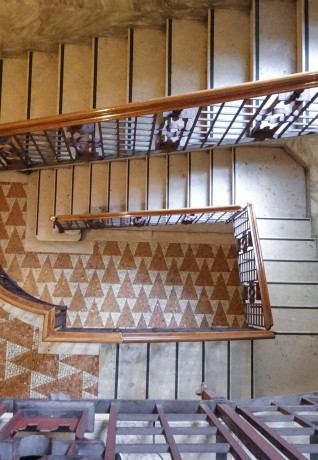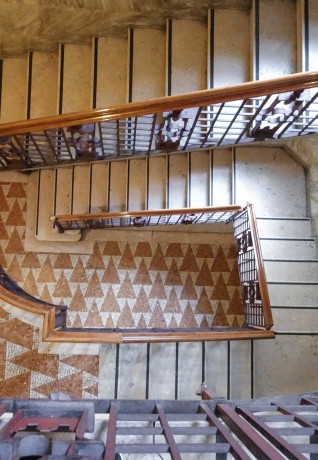Finding your accommodation in Milano
Housing options in Milano

Milano has a wide range of accommodation options and where you end up living depends on your style and budget. The city center has a large stock of apartments, including luxury lofts with price tags to match. Apartments are less expensive in the peripheral districts of the city. It's hard to find a share in an apartment for less than 300-400 euros a month. But not being close to downtown is not a disadvantage, thanks to the city's very interconnected public transportation system.
There are three common types of rental contracts in Italy:
- a) Transitory Tenancy Agreement (contratto ad uso transitorio): for students, up to a 36-month stay.
- b) 3+2: A 3-year minimum lease renewable for an additional 2 years.
- c) 4+4: A 4-year contract renewable for an additional 4 years.
Renting an apartment in Italy can require a lot of paperwork: owners are super careful to protect themselves from default on payment of the lease, when they put out their place for rent, often asking for hefty advances and deposits. Read carefully the lease agreement before signing. You can consult with a tenants' union (sindacato inquilini) or a real estate broker to protect your rights and help you get the right deal.
After signing, either the landlord or the tenant have 30 days to register the contract with the Italian Revenue Agency (Agenzia delle Entrate). The registration is compulsory by law and, and in order to obtain your residency in Milano you need a registered contract proving where you live.
The cost of the registration tax - 2% of the annual rent – is split 50:50 between landlord and tenant.
Cost of heating and utilities can be included in the rent contract. In that case, it’s a good idea to ask your landlord to itemize the amounts for each utility bill at the end of the year, so you are fully informed of the actual expenses.
We set up a whole section of our website to give you the basic tips about rents
New campuses are growing in the city to meet the accommodation needs of international students, postgrads and visiting professors.
The real estate industry and private owners offer students a number of long-term and short-term solutions: shared apartments and studios, two-room and three-room apartments, mansardes and lofts are popular housing arrangements in the city. Check with your university if they have agreements with real estate platforms/providers for a long-term or short-term housing accommodation.
Browse the YesMilano guide for choosing the best neighbourhood to live in.
Check out the offer of the Collegio di Milano, a merit-awarded inter-university campus nestled in a 30,000 sq. meters park, based in a historical building designed by the architect Marco Zanuso. The campus can host students, visiting students and visiting professors, giving space to 171 people. It's a beautiful and vibrant home enlivened by a fervent community life full of cultural, athletic and artistic activities.
Have you ever thought about going to live with an Italian family in Milano?
Among the alternatives to commercial rents, it’s possible to live in the home of a Milanese resident in exchange for a small reimbursement of common expenses.
The project Prendi in casa – Take Me Home by the association Meglio Milano is a Collaborative Living Project aimed at initiating cohabitations in a spirit of mutual solidarity between:
- A Milano resident (retiree, single adult, couple or family) who has an extra room in the home.
- A young student or worker looking for accommodation in the city.
Guests provide economic help and interesting company to hosts (within the boundaries of their own personal autonomy, of course) and, in exchange, get to enjoy their own accommodation in an actual Italian home, absorbing the culture of the city and learning the language effortlessly.
On the Cerco Alloggio platform, you can find additional options for Collaborative Living in the city and its metro area.

 Log in
Log in


